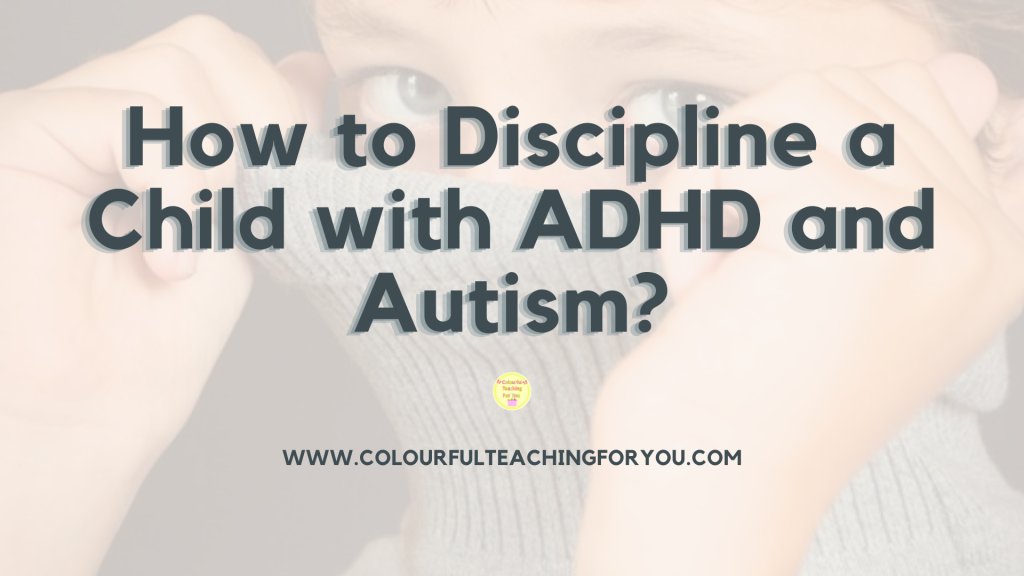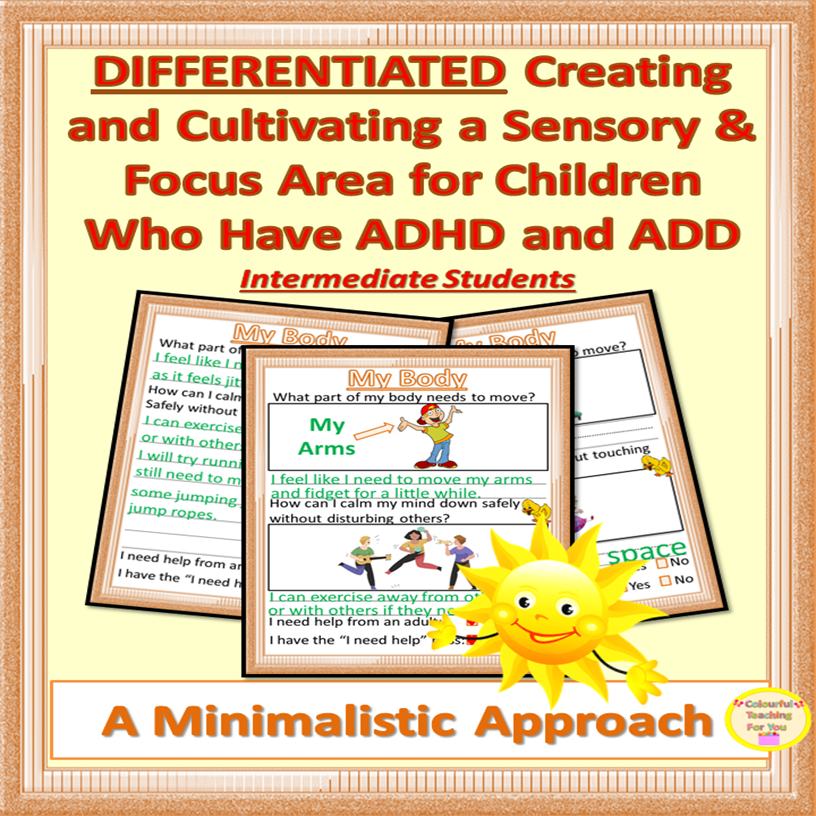
Many people struggle with disciplining children with ADHD and autism because their brain works differently. When your child is misbehaving, it isn’t necessarily about defiance or being lazy; it’s actually about either emotional dysregulation, having difficulty with executive functioning or impulsivity.
Therefore, when disciplining your child, it should come from a place of understanding and compassion.
Don’t be get wrong. I know that this is a big ask because you’re more than likely exhausted and you might even be at your wits end. I get it because I’ve been there as well.
This is why I’ve outlined the following four steps to help you navigate through this time with your child.
Actionable Steps:
#1. Remain Calm, Consistent and Clear
If your child is in the midst of a meltdown, take a deep breath and calm yourself down. If you approach your child when you’re angry, they will sense it and it will only make matters worse.
Once you’ve both calmed down, focus on creating structure and boundaries with your child and ensure that the consequence matches the issue. For example, instead of taking away TV privileges because your child was screaming at you, you can have them take a break before talking to you. You can say, “We don’t yell when we want to be heard. Take a break and let’s talk when you calm down and are ready to talk in a calmer tone.”
#2. Focus on Positive Reinforcement
Even if your child is struggling with their emotions or if they made a poor choice, assess the behavior and see if you can find a positive aspect to it. Then praise them for it before discussing the unexpected behavior or consequences. Be as specific as possible. For example, instead of saying, “You did good,” say, “I love how to walked away when you were angry.”
This is important because it will ensure that your child is more receptive to your conversation and will likely adhere to any consequences that you outline as long as it’s fair and manageable.
#3. Teach Self-Regulation
Before having a discussion with your child, it’s important to give them the space and time that they need to calm down and to regulate their emotions or it will only rile them up further and everything will go in one ear and out the other.
If you’d like to create a space for your child to help them with self-regulation, click on the images below to find the one that suits the needs of your child.
Remember to praise their effort when they use this strategy.
Depending on the level of your students, I’ve also created a resource that will help you differentiate it for them:
#4. Choose the Behavior to Correct
Children with ADHD and autism get corrected frequently on a daily basis. If you constantly attempt to disciple their behavior, they’ll eventually tune you out. Instead, focus on a specific point that you are teaching them and correct it.
Discipline, if possible, should be saved mainly for exceptionally unexpected behavior, safety issues, or in regards to kindness. Instead focus on teaching your children emotional regulation, especially if something is bothering them and they need a time to manage their thoughts.
Recap:
Let’s recap really quickly. Today, we looked at the following:
- The importance of disciplining your child with ADHD and autism the appropriate way.
- Four strategies to discipline a child with ADHD and autism: remain calm, consistent and clear, focus on positive reinforcement, teach self-regulation, and choose the behavior to correct.
Free Resources:
For a taste of the resources that were mentioned in step two, check out the following resource in my FREE Education Resource Library.
Teach your little ones how to make good choices with the following FREE Resource:
Next Steps:
If you found this video beneficial, would you do me a favor? Share this with your family, your friends, your loved ones, your co-workers or someone who you think could benefit from this. Thank you!
You’re welcome to join us inside ADHD and Autism Self Regulation by CLICKING HERE or on the fallowing image.
I’ll see you next Friday at 5:30pm PST.
Until I see you next time, remember to create, experience & teach from the heart.
Take care,
Charlotte
Disclaimer: I’m a teacher and a parent. I’m not a medical professional, so please don’t take this as medical advice. The advice that I provide in my videos and online are strategies that I have used in my own class or at home that have worked beautifully.







